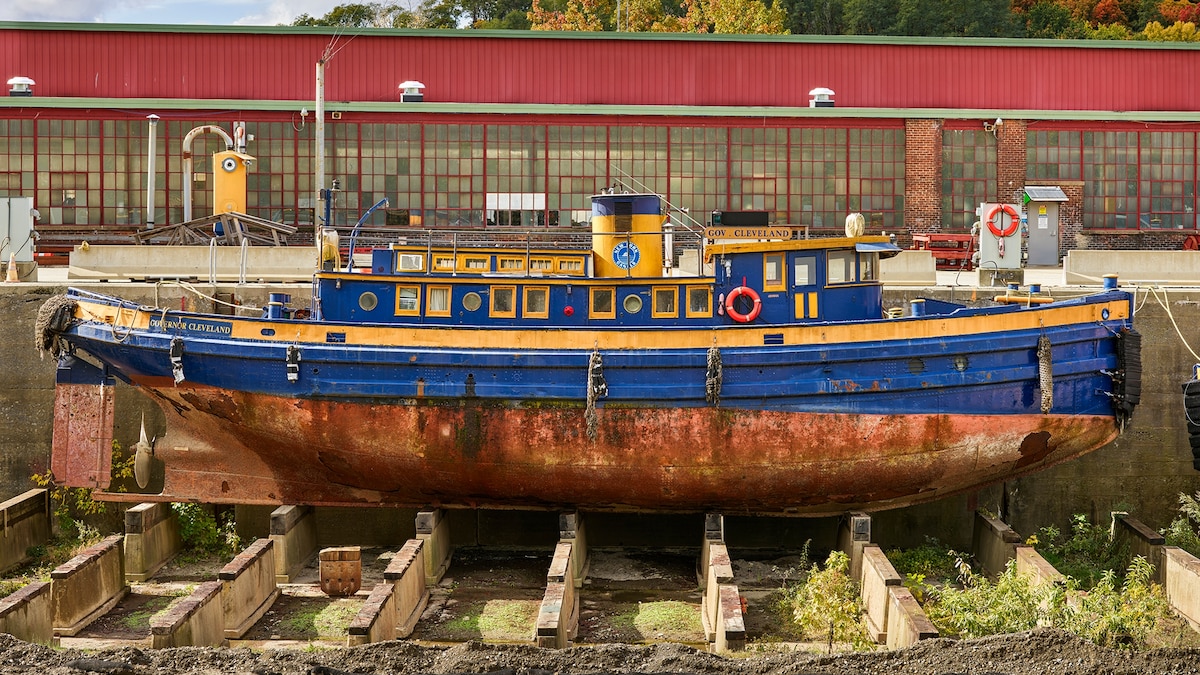Now Reading: What is overfishing—causes, impacts, and solutions
-
01
What is overfishing—causes, impacts, and solutions
What is overfishing—causes, impacts, and solutions

Overfishing is the harvesting of wildlife from the sea at rates too high for species to replace themselves. Scientists have been sounding the alarm about this looming catastrophe for decades. But recent efforts by global leaders may offer hope to avoid what could be a catastrophe.
Here’s a look at the critical issues in overfishing—from its effects on biodiversity to continuing challenges.
The earliest overfishing occurred in the early 1800s when humans, seeking blubber for lamp oil, decimated the whale population around Stellwegen Bank, off the coast of Cape Cod.
Some fish consumed in the United States, including Atlantic cod, some species of herring, and California’s sardines, were also harvested to the brink of extinction by the mid-1900s.
These isolated, regional depletions were highly disruptive to the food chain—which only became more precarious in the late 20th century.
(Many freshwater fish species have declined by 76 percent in less than 50 years)
In the mid-20th century, countries around the world worked to build their fishing capacities to ensure the availability and affordability of sources of protein.
Favorable policies, loans, and subsidies spawned a rapid rise of big industrial fishing operations, which quickly supplanted local fishers in coastal communities as the world’s main source of seafood.
These large, profit-seeking commercial fleets were aggressive, scouring the world’s oceans and developing ever more sophisticated fishing methods and technologies for finding, extracting, and processing their target species.
Millions of people soon grew accustomed to having access to a wide selection of fish at affordable prices.
(These photos show what overfishing looks like)
But by 1989, when about 90 million metric tons of fish were taken from the ocean, the industry had hit its high point, and yields have declined or stagnated ever since.
Fisheries for the most sought-after species, like orange roughy, Chilean sea bass, and bluefin tuna, have collapsed for lack of fish. In 2003, a scientific report estimated that industrial fishing had reduced the number of large ocean fish to just 10 percent of their pre-industrial population.
You May Also Like
Fishing out too many herbivores—whether intentionally or as bycatch—can weaken reefs and make them more susceptible to being ravaged by extreme weather events and climate change. Fishing gear and debris can also physically destroy the fragile corals that make up the reef foundations.
Overfishing can also harm other marine species. Trawling, a method in which boats pull massive nets behind them in the water, pulls in more than just shrimp and bluefin tuna. It captures just about anything in its path. Sea turtles, dolphins, sea birds, sharks, and other animals have all faced existential threats as bycatch.
(Green lights could save birds and turtles from fishing nets)
Preventing overfishing
Over the years, as fisheries have caught less and less, humans have begun to understand that the oceans, assumed to be unendingly vast and rich, are in fact highly vulnerable.
(The sea is running out of fish, despite nations’ pledges to stop it)
Many scientists say most fish populations could be restored with aggressive fisheries management and better enforcement of laws governing catches, including instituting catch limits. An increased use of aquaculture, the farming of seafood, would also help. And in many regions, there is reason for hope.
The United Nations Food and Agriculture Organization (FAO)—which lays out international standards for fisheries management—said in its 2024 report that the percentage of stocks that are sustainably producing the most food possible—the goal of fisheries management—have increased to the highest levels yet, from 2020 to 2022.
(These ocean threats are changing the planet)
Still, many challenges remain. Global marine animal consumption continued to rise at nearly twice the rate of population growth in 2022 since 1961, and some low-income countries in Africa and Asia are still engaging in unsustainable fishing practices.
“Targeted policies, technology transfer, capacity building and responsible investment are crucial to boost sustainable aquaculture where it is most needed, especially in Africa,” the report said.

























